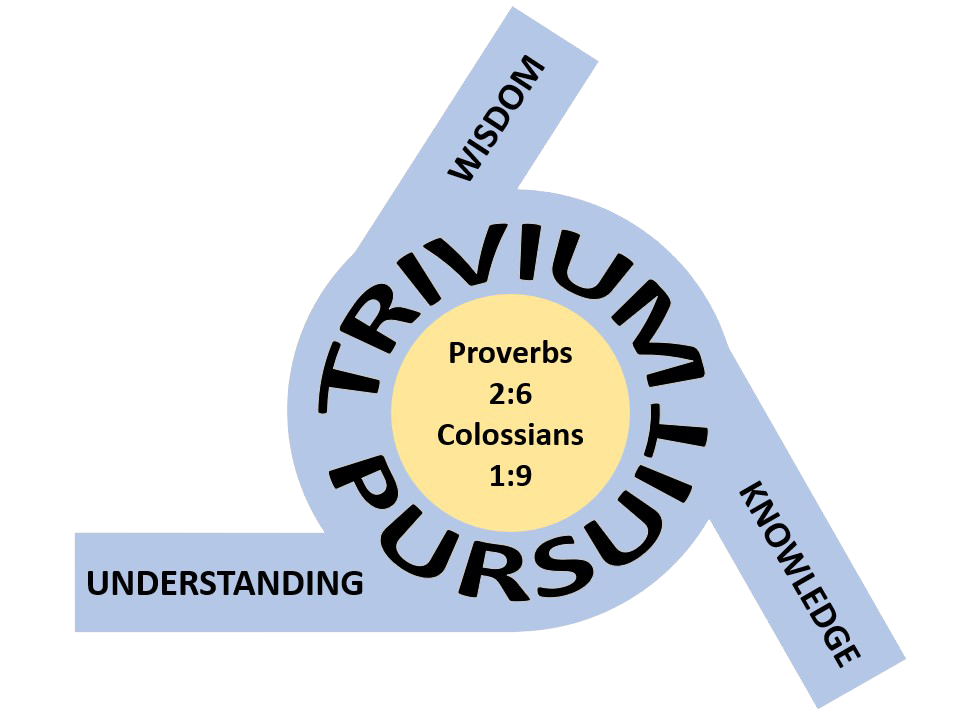Post may contain affiliate links to materials I recommend. Read my full disclosure statement.
This week’s Five in a Row book is Very Last First Time
by Jan Andrews, illustrated by Ian Wallace.
This little children’s picture book is based on a subject so unusual and curious that it might spark a lengthy study for the entire family.
High-Risk Mussel Gathering
In Arctic Canada, every two weeks the pull of the moon combines with the geography of this region to create unusually large tides. In the coldest months, when the tides are extremely low and the ice that coats the Arctic sea is thickest, the water can fall as much as 55 feet in some places, emptying the bay under the ice along the shore for an hour or more. The frozen ice drops with the outgoing tide and rests on the ocean beach and rises again with the fast moving incoming tide. While resting on the bottom when the tide is out, the ice leaves large caves and tunnels under the ice and the seabed is exposed.
The Inuit, the people of that area, wait for the tide to go out, go out onto the bay, and dig a tunnel down through the ice to get to the sandy beach underneath. They quickly search with lights for food — fat and juicy mussels. They have to work very fast to avoid being trapped by the incoming water — the tide stays out less than an hour. The work is very dangerous.
https://youtu.be/Z0qGvC3vqaA
Very Last First Time
Very Last First Time is about an Inuit girl’s first time under the ice alone.

Using the Story Disk to mark the setting of Very Last First Time

Illustrating Very Last First Time

Grammy helping with one of the add-ons (books used to complement the primary book)
Add-Ons (books which you can read along with Very Last First Time)
Stone Fox Unabridged Audio Book by John Reynolds Gardiner
The Three Snow Bears by Jan Brett
Children Just Like Me: A Unique Celebration of Children Around the World by Barnabas and Anabel Kindersley
Arctic Son by Jean Craighead George
Snow Bear by Jean Craighead George
Ice Bear and Little Fox by Jonathan London
Welcome to Canada by Elma Schemenauer
Building an Igloo by Ulli Seltzer
The Inuit by Kevin Cunningham
Avati: Discovering Arctic Ecology by Mia Pelletier
Nature Cross-sections by Richard Orr
Mama, Do You Love Me? by Barbara Joose
Ice Bear: In the Steps of the Polar Bear by Nicola Davies
The Igloo by Charlotte Yue
Coastal Habitats by David Stephens
Welcome to the Icehouse by Jane Yolen
About Habitats: Polar Regions by Cathryn and John Sill
























Hélène’s Great Wisdom for 10/16/17 🙂
One thing that Ive deduced over decades of hsling, is that curricula of this high quality kind, such as FIAR, is rly basically just suggestions for a spine and add ons. Generally, also all bks were sold by the curriculum developer along with teaching guides/lesson plans.
The problem lay in the fact that bks go out of print or are unavailable at inopportune times quickly. Also, buying all the desired add ons and/or wanting additional library bks was querulous for the parents. Lack of money, lack of confidence at the library as well as lack of true ability there all made it hard.
Parents have to be taught how to discern appropriate add ons themselves and rly, how to pick out a spine. The many fine spines out there make this not so necessary as the add ons dilemma, tho. Many have been written specifically AS spines for hslers even. The teaching guides are also welcome.
But when you dont know how to use whats on hand, be it in ur library or the town library, its beyond frustrating as well as possibly a drain on the household budget, buying unnecessary bks becuz you think only what the curr developer listed will work. They might sub one of the very books u owned last yr for use this yr! Theres no corner on good bks. There are learnable guidelines for recognizing them.
We as veteran hslers need to start giving workshops at conventions on this skill.